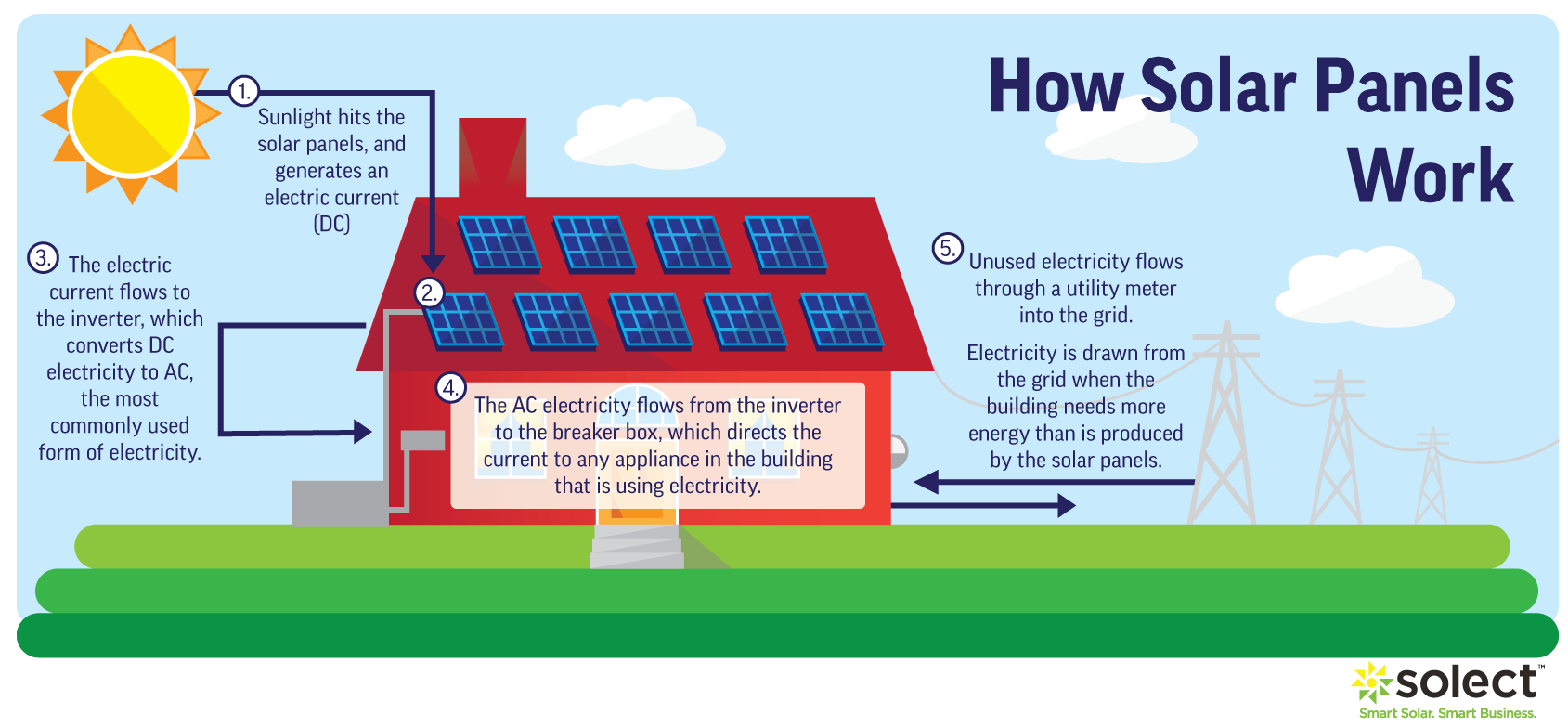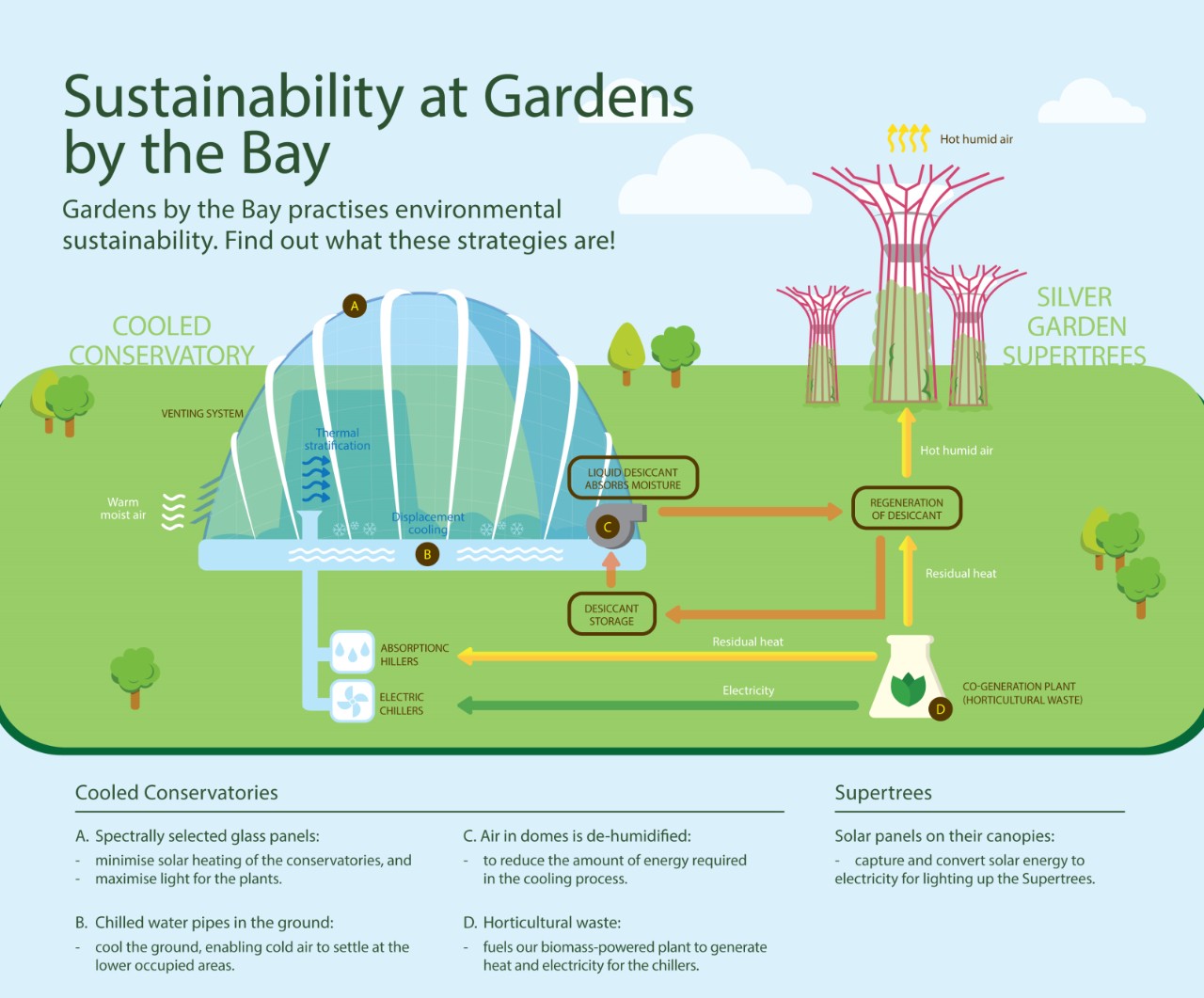Solar energy is one of the most popular ways to generate electricity today because it’s clean, virtually maintenance free, accessible no matter where you live, cost effective, and great for the environment.
But even though you may be familiar with solar panels, you may still be confused about how exactly they work to capture energy from the sun and transform it into electricity that you can use to power your business or your home. If this is the case, continue reading to learn more about how solar energy works and why it’s so popular.
Active and Passive Solar Energy
One of the ways that humans can derive energy from the sun is through what’s known as active solar energy, which uses technology in the form of photovoltaic cells to convert sunlight into electricity that’s then easily used for just about every purpose imaginable.
Active solar energy can also generate heat through the concentration of sunlight. This heat can then be utilized to create convection currents within the air in order to turn wind turbines, for example, and generate more electricity, or it can be used to create steam.
Passive solar energy technology is what most people think of when they think of generating energy from the sun. This involves installing solar panels or other photovoltaic surfaces onto buildings and adjusting them so that they’ll fit the specific climate of the area. This type of technology reduces the energy needs for cooling, heating, and lighting the property.
Absorbing Radiation from the Sun and Producing Electricity
Now let’s take a look at how solar panel technology, or photovoltaic cells, actually work. Basically, these solar cells can transform sunlight into electricity because the sunlight itself is made up of particles of light energy that are known as photons. The photons vary in the amount of energy that they contain based on their varying wavelengths. So when a photon is directed onto the surface of an individual solar cell, it can be reflected back or it could pass through it and become absorbed. When absorbed, it generates electricity.
The energy of these photons will then dislodge electrons within the solar cells, and these electrons will then be able to flow freely because of how the panels are manufactured. These electrons also carry a negative charge, creating an imbalance between the back and front surfaces of the photovoltaic cells.
The imbalance that is created becomes the voltage potential that is a lot like the potential between negative and positive terminals in a battery. To generate electricity, all that is necessary is to connect the surfaces via a load that will then allow the electrons to flow and create an electrical current.
Investing in Clean Energy
Now that you have a better understanding of how solar panels, which are made up of photovoltaic cells, work to generate energy from the sun, consider investing in them to save money on your electricity bill each month. Many manufacturers and solar panels installers, such as Slingshot Power, are now available all over the world, giving people a lot of options.





